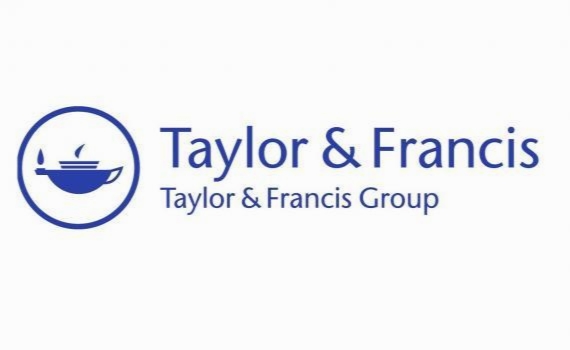بلوک های ساختاری وفاداری برند مشتری در فروشگاه های گروهی What are the Building Blocks of Customer Brand Loyalty in Department Stores? A Multi-Level Mediation Analysis
- نوع فایل : کتاب
- زبان : انگلیسی
- ناشر : Taylor & Francis
- چاپ و سال / کشور: 2018
توضیحات
رشته های مرتبط مدیریت
گرایش های مرتبط مدیریت کسب و کار و بازاریابی
مجله بازاریابی ارتباطات – Journal of Relationship Marketing
دانشگاه Department of Marketing – Sunway University – Malaysia
منتشر شده در نشریه تیلور و فرانسیس
کلمات کلیدی انگلیسی brand commitment; brand loyalty; brand personality; brand trust; consumer brand identification; perceived value; positive word-of-mouth communication; service quality
گرایش های مرتبط مدیریت کسب و کار و بازاریابی
مجله بازاریابی ارتباطات – Journal of Relationship Marketing
دانشگاه Department of Marketing – Sunway University – Malaysia
منتشر شده در نشریه تیلور و فرانسیس
کلمات کلیدی انگلیسی brand commitment; brand loyalty; brand personality; brand trust; consumer brand identification; perceived value; positive word-of-mouth communication; service quality
Description
Introduction The retail environment in Malaysia has exhibited a pronounced and constant evolution over the past few decades. The number of major department stores in Malaysia has increased significantly from only one in 1995 to more than 324 outlets (Chang, 2010). Malaysian department stores have recently turned into a dominant retail format in cities, with 45% to 60% of household customers opting to shop at department stores (Malaysia Exporter Guide Annual, 2010). In line with this trend, a lot of effort has gone into investigating ways to help retailers develop longstanding success in a sustainable retailing atmosphere through brand loyalty. Department stores can support retailers by drawing in customers through cultivating customer brand loyalty and offering unique and premium product lines exclusively to their customers (Das, 2014). Oliver (1999) defines loyalty as “a deeply held commitment to repurchase or re-patronage a preferred product consistently in the future, despite situational influences” (p. 392). Building such a relationship depends on the merchandising process, which integrates consumer behavior and business strategy aiming to determine the customers’ tastes, habits, and needs (Griskevicius & Kenrick, 2013). Employing tools such as customer brand loyalty (CBL) development applied by competitive retailers is necessary to gain a competitive advantage over other players. A key strategy that is vital in marketing and brand management studies is recognizing the precursor of CBL and the factors that give rise to positive brand evaluation and development. As a result, the use of branding strategy has become a tool for differentiation (De Chernatony, 2010) and competitive gain (Kressmann et al., 2006). Moreover, building and retaining CBL provide retailers with a significant competitive advantage (Jinfeng & Zhilong, 2009). Therefore, for many years, building CBL has been the ultimate objective of marketing, consumer behavior, and brand management activities in most industries. The topic of CBL had been the subject of extensive research, which primarily focused on examining only a few important marketing antecedents of loyalty, such as customer perceived service quality, perceived value or price (Ha & Janda, 2014), customer satisfaction, brand commitment (Han & Hyun, 2013), brand trust (Fung, King, Sparks, & Wang, 2013), and word-of-mouth communication (Anaza & Rutherford, 2014; Choi & Choi, 2013).


